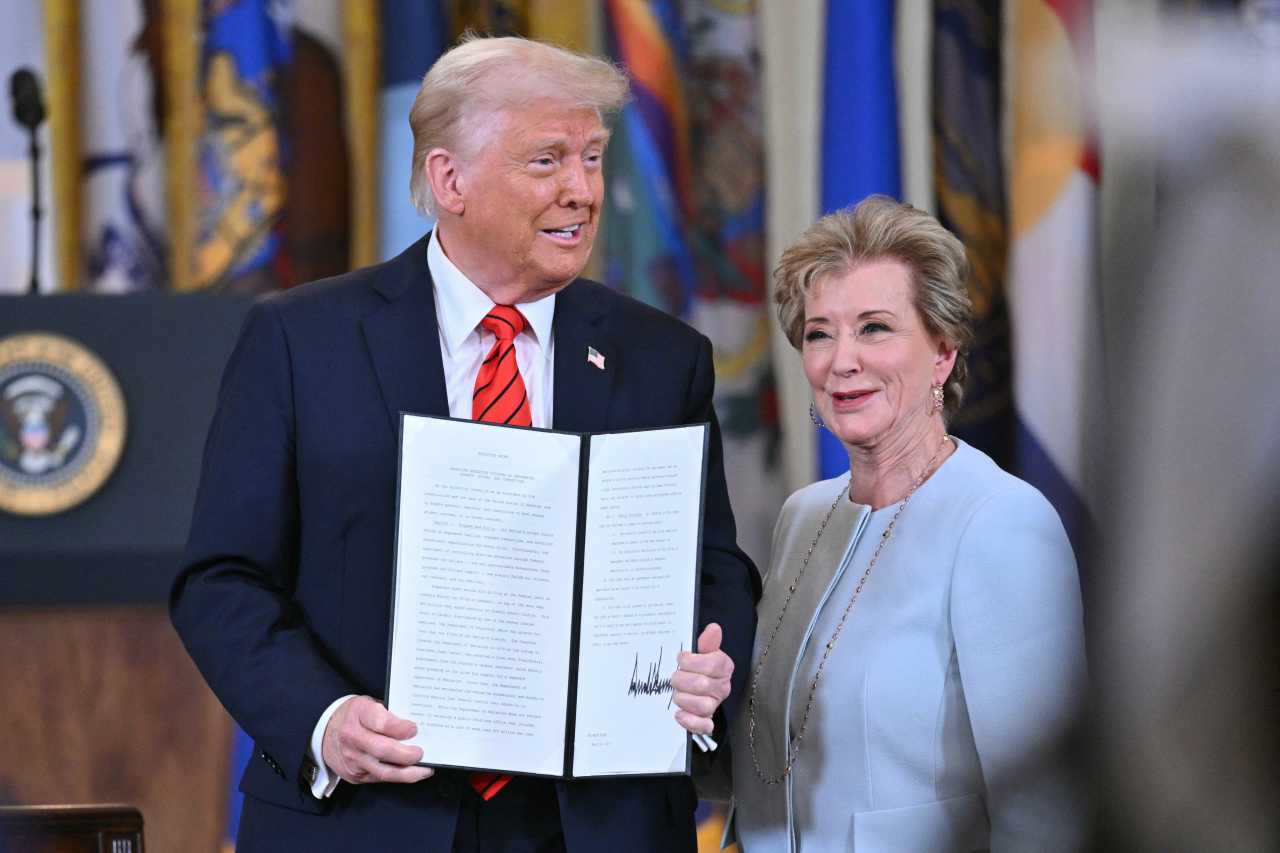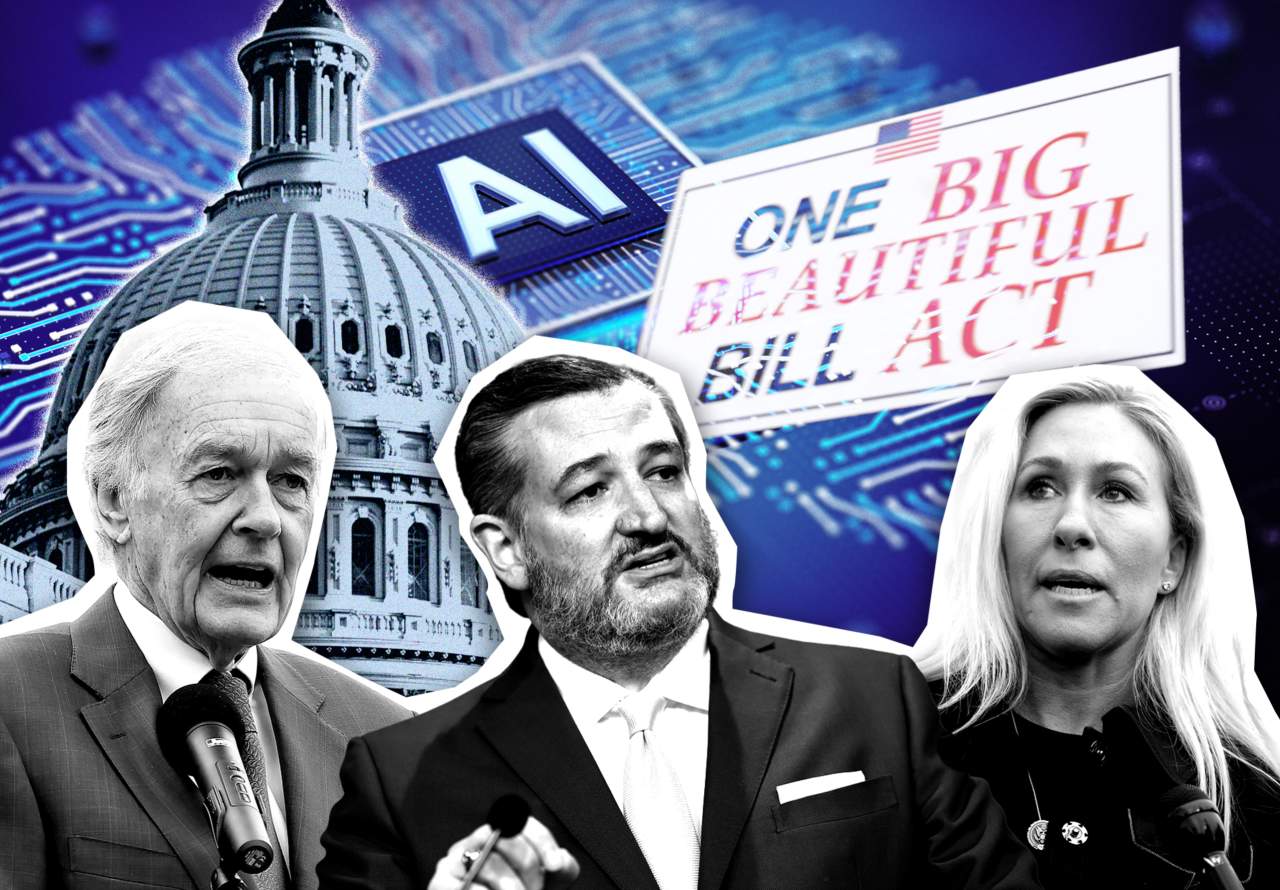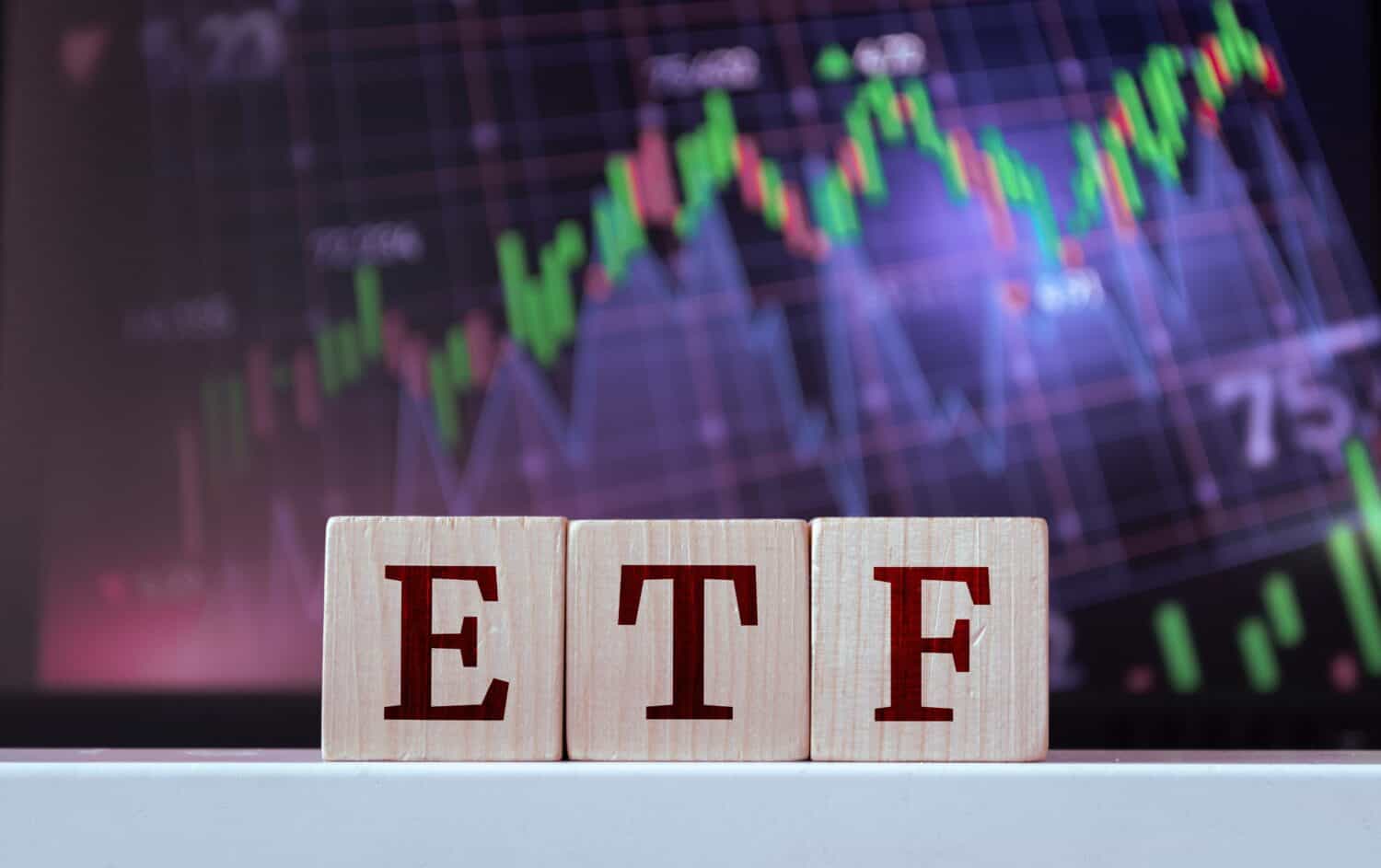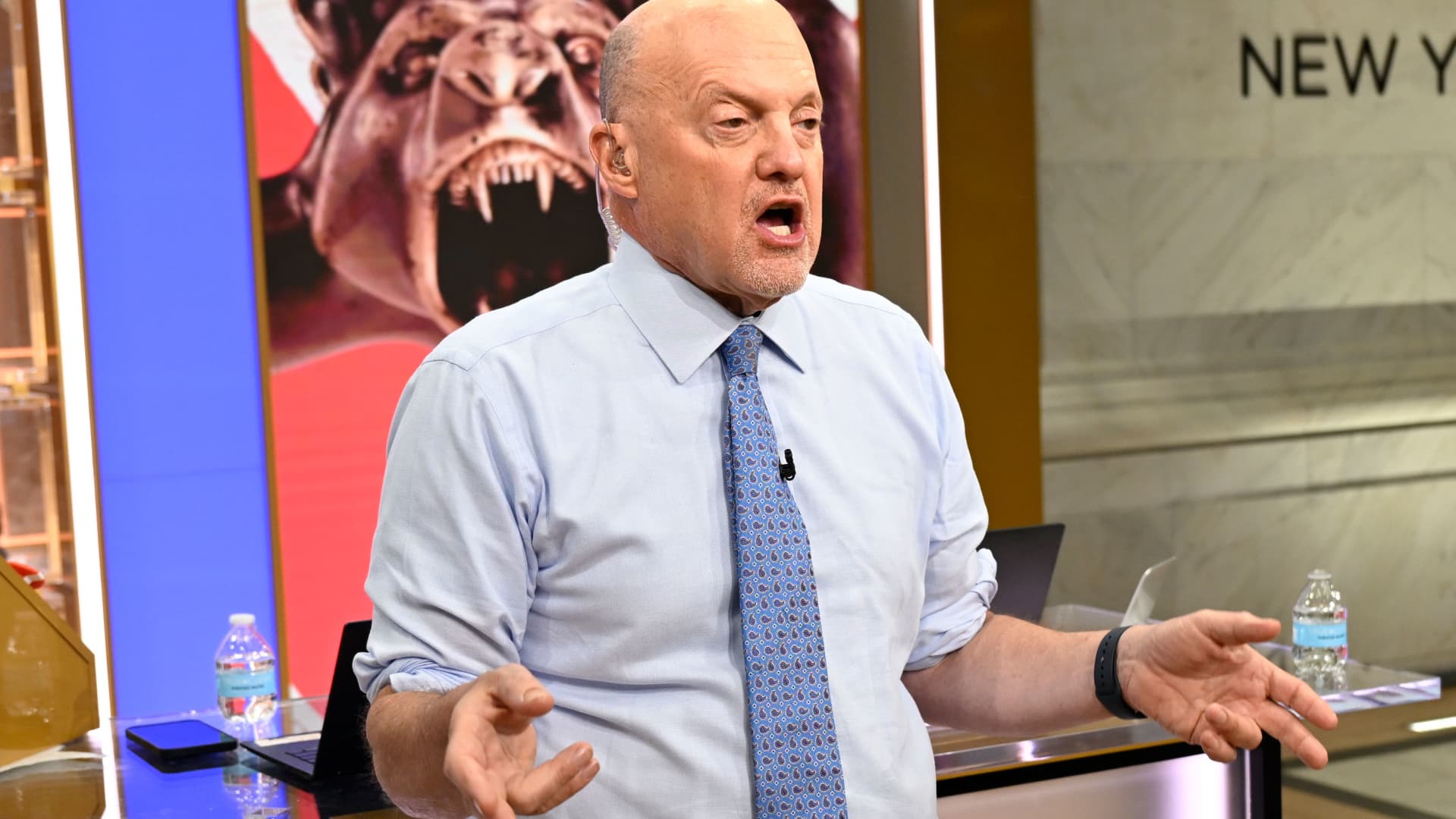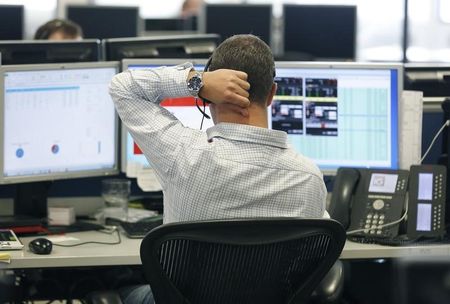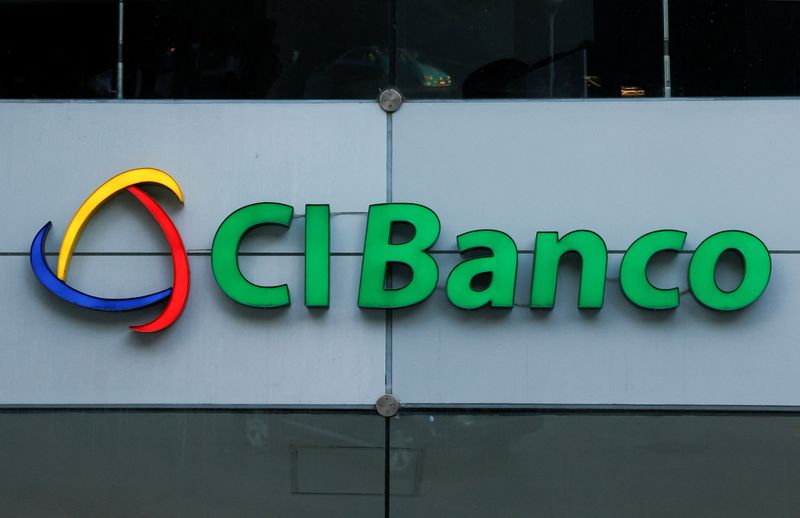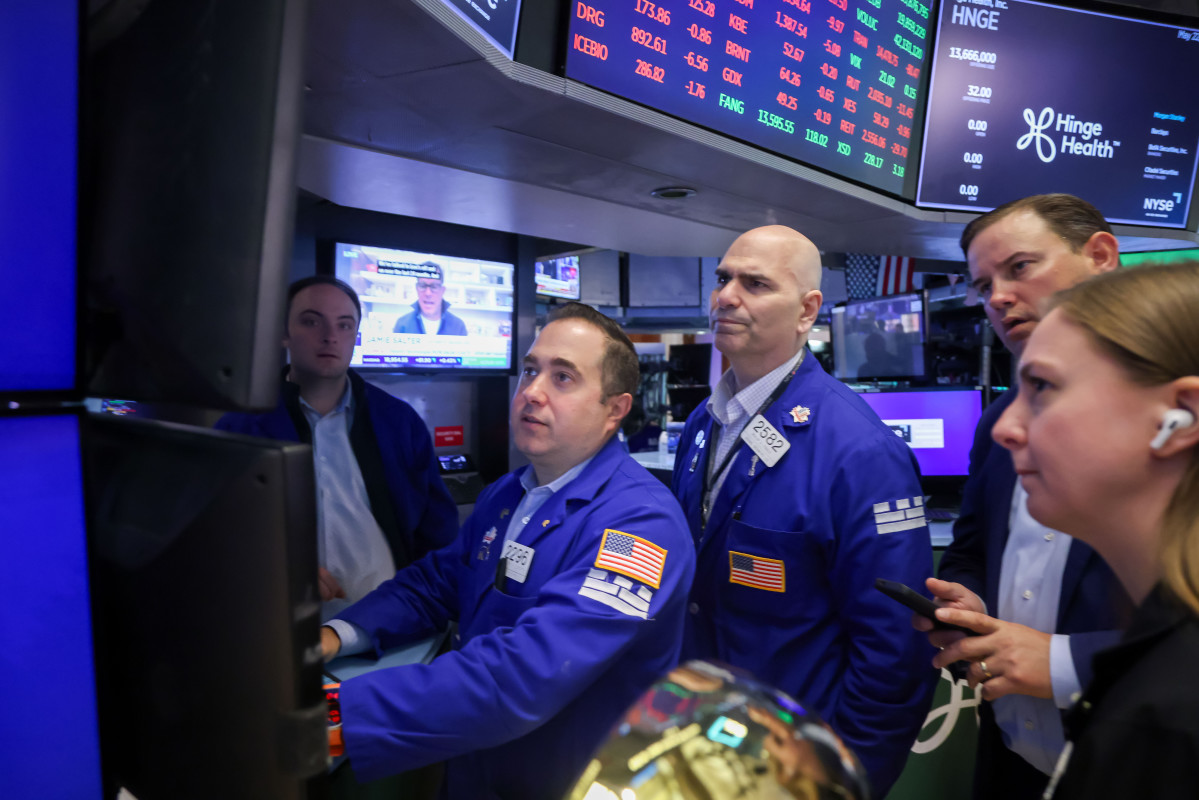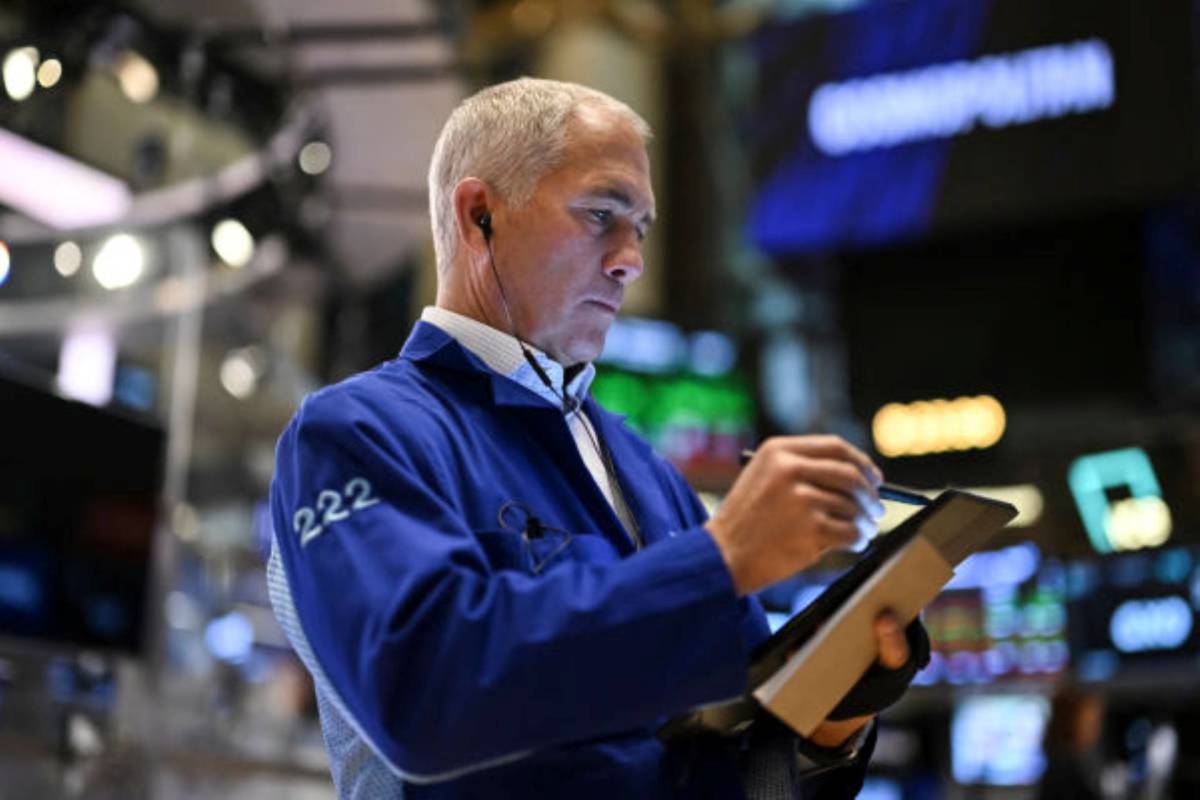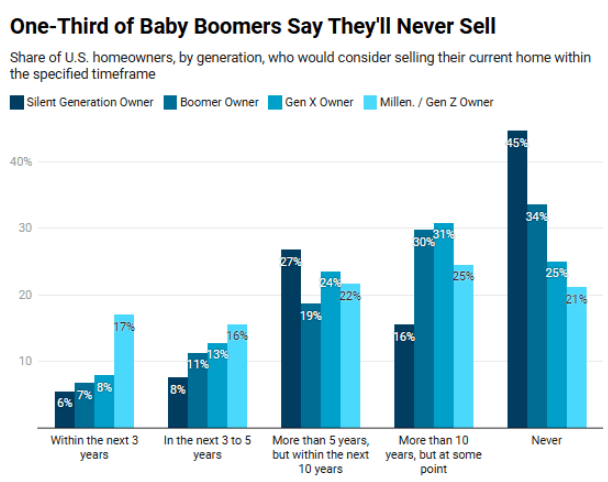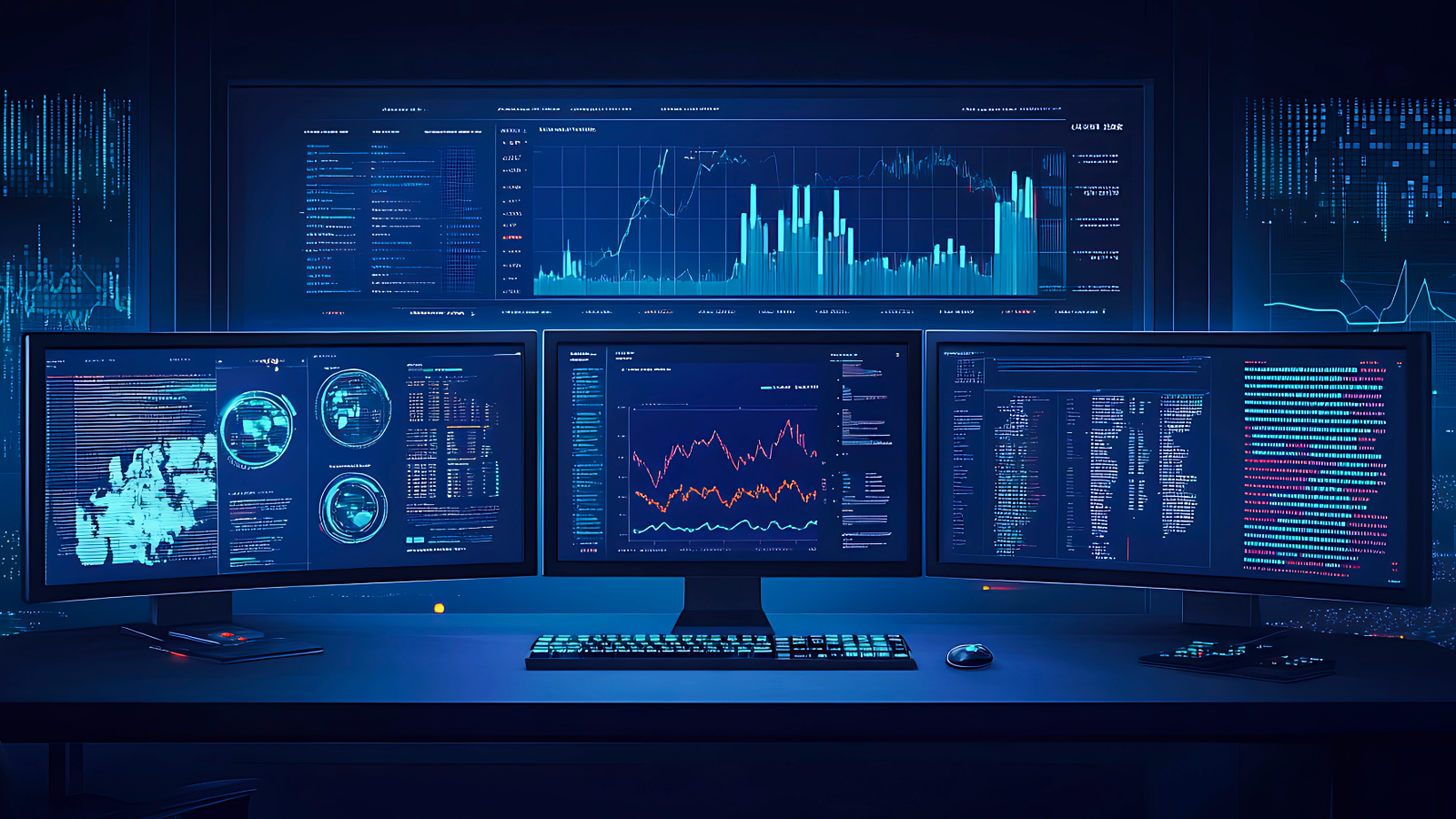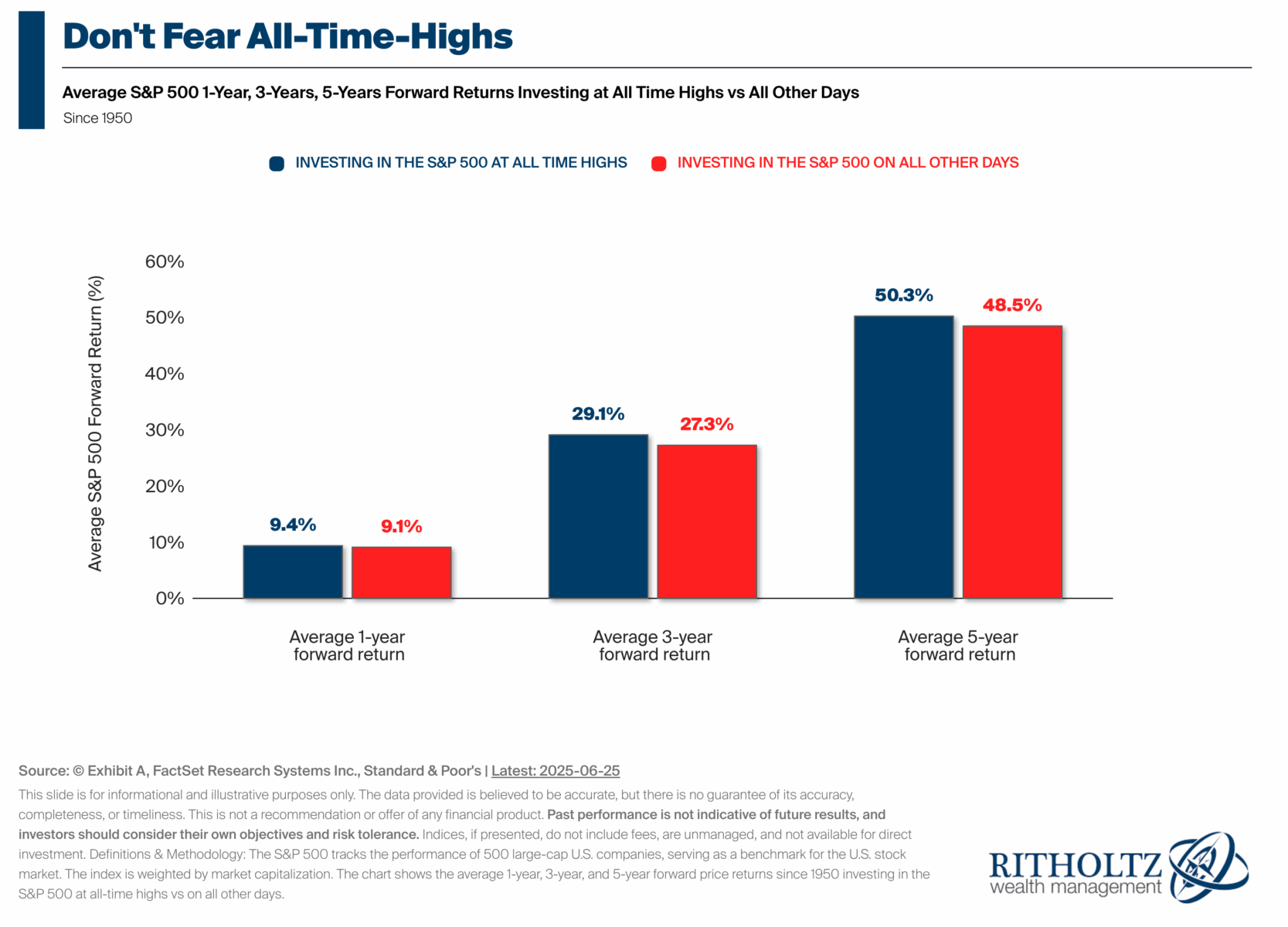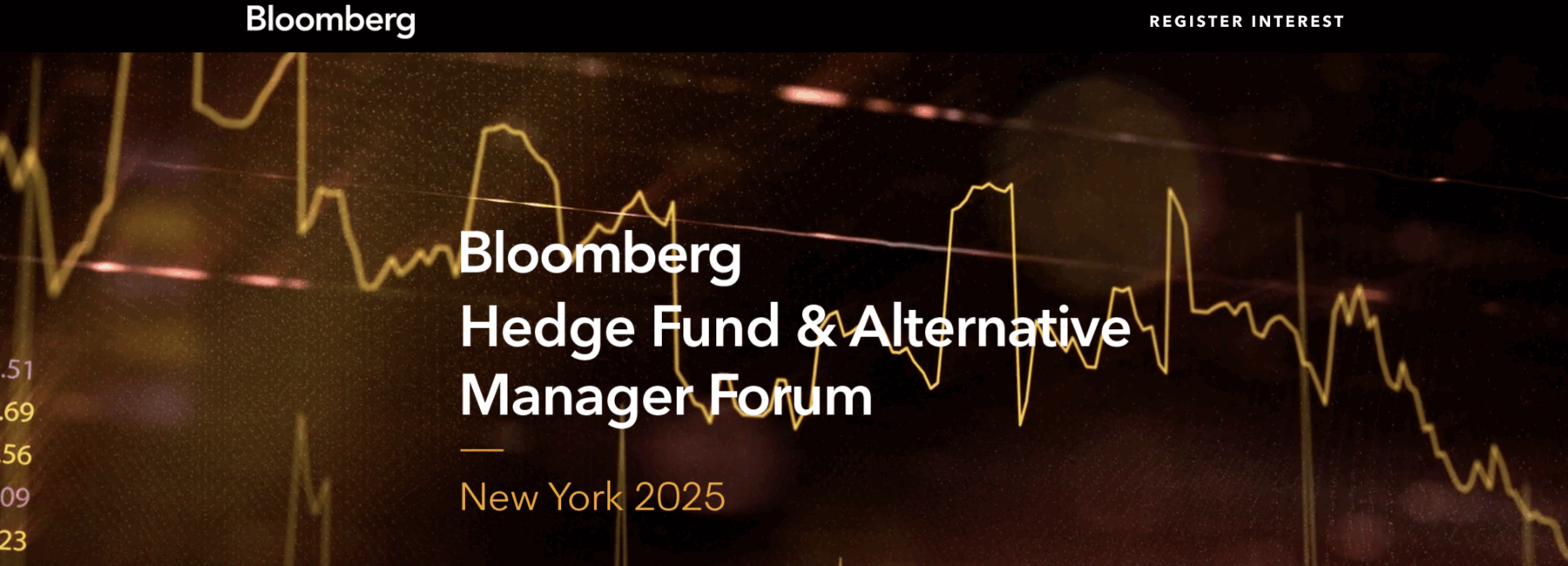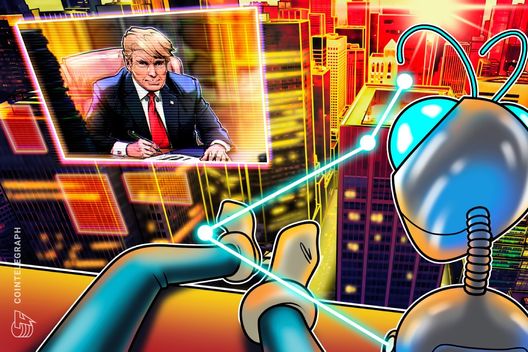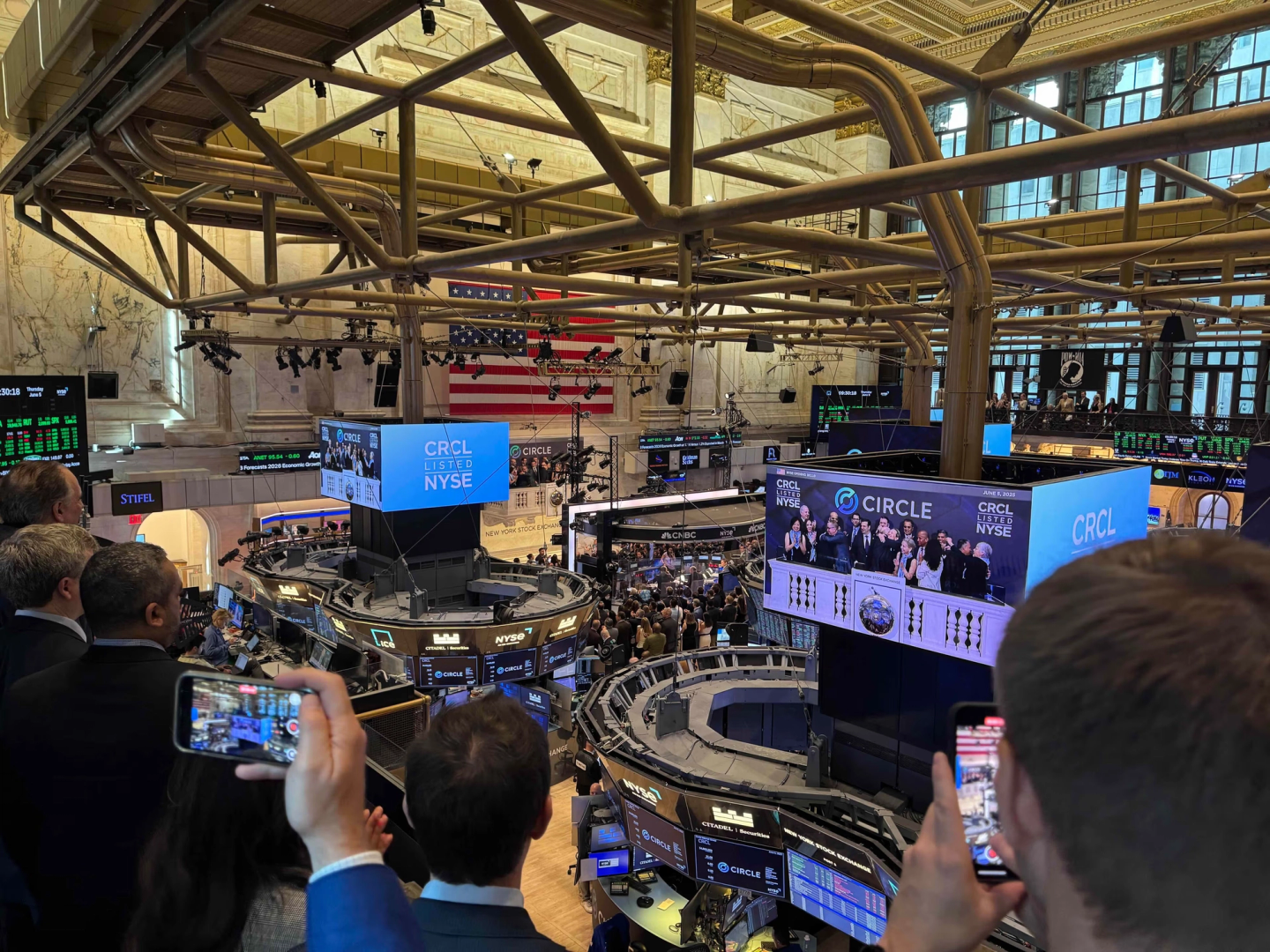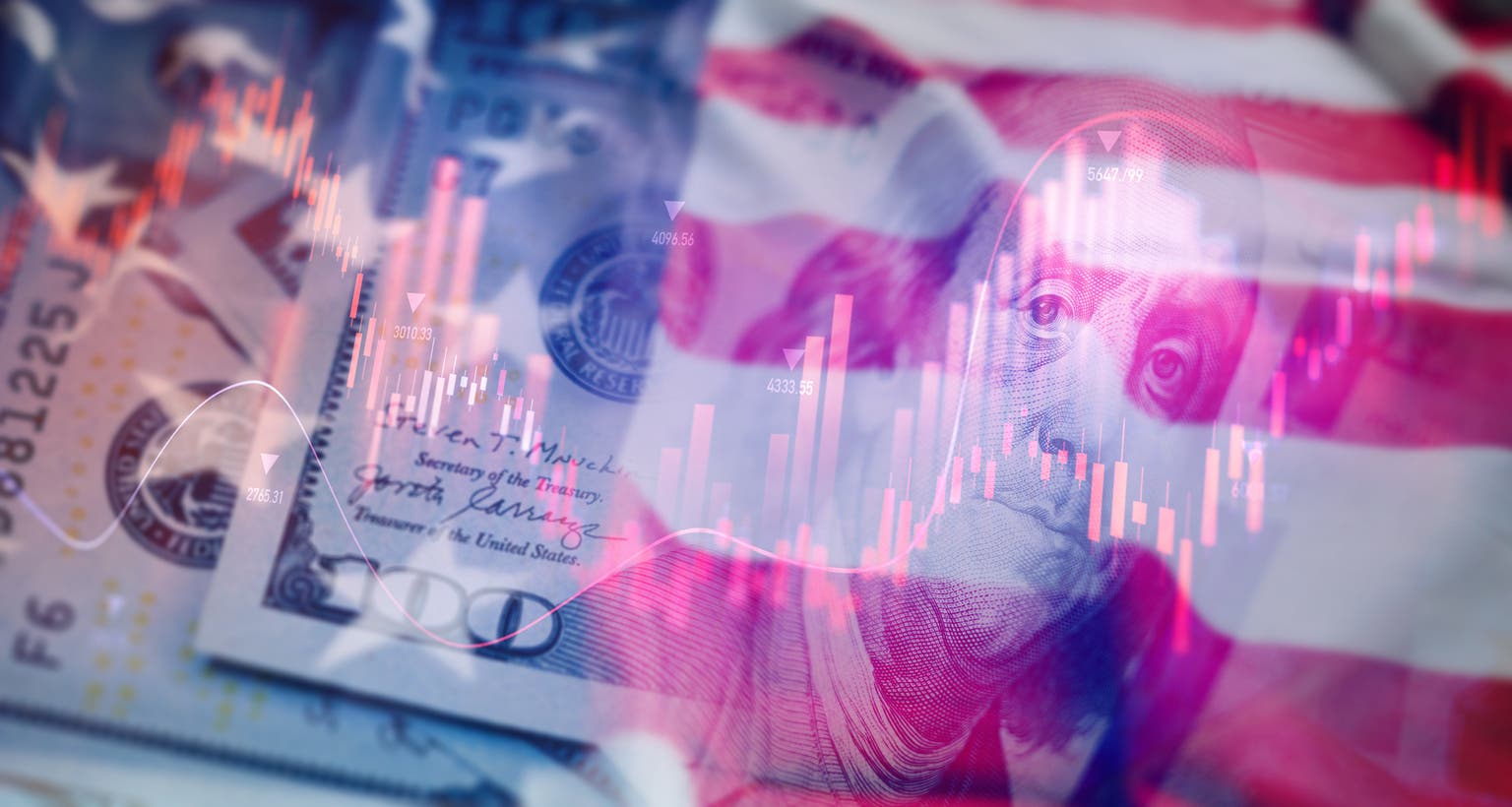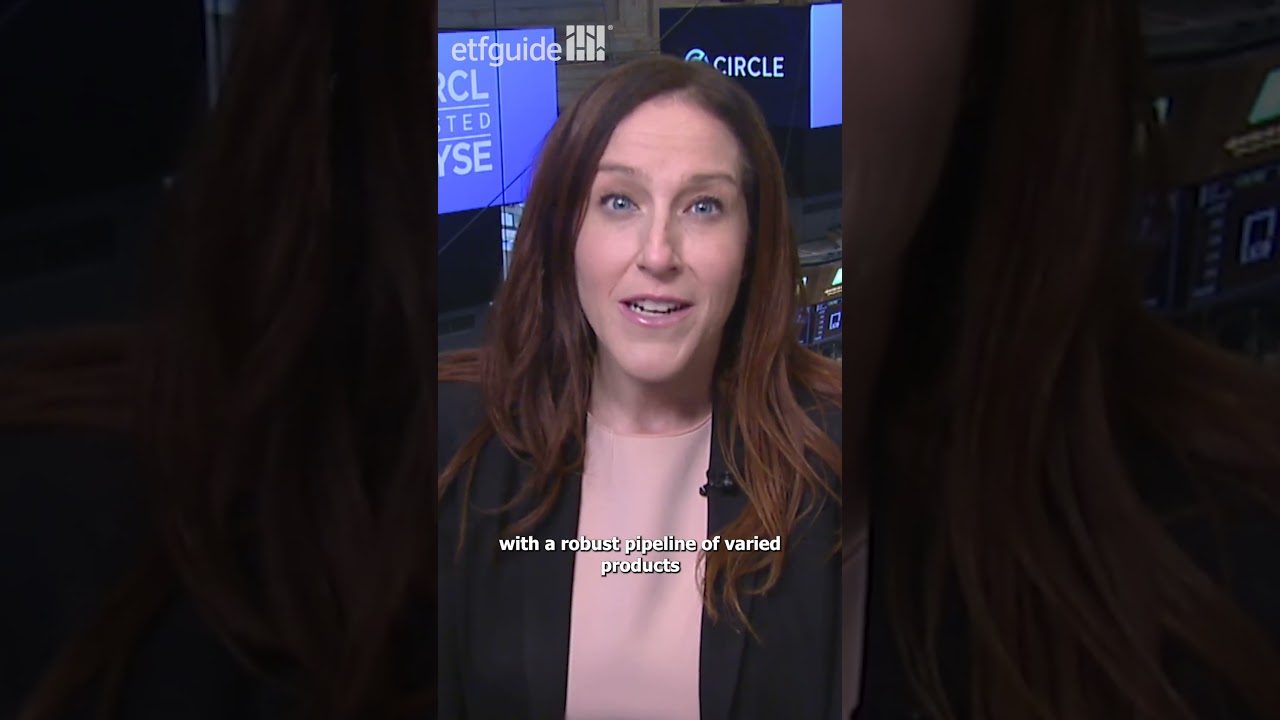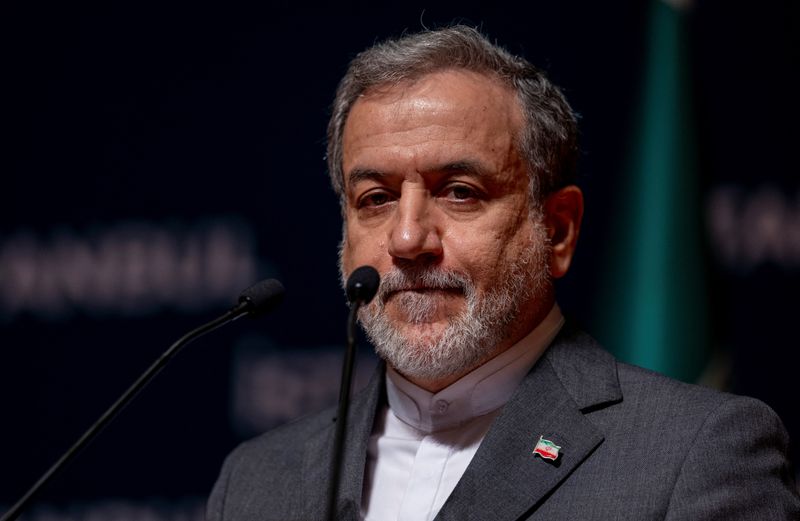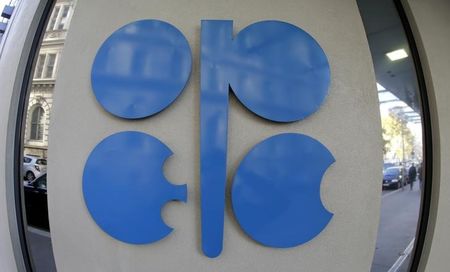Nvidia breakout puts $4 trillion market value within reach
Nvidia shares have rallied back to a record.

Two years after Nvidia Corp. made history by becoming the first chipmaker to achieve a $1 trillion market capitalization, an even more remarkable milestone is within its grasp: becoming the first company to reach $4 trillion.
After the emergence of China’s DeepSeek sent the stock plunging earlier this year and stoked concerns that outlays on artificial intelligence infrastructure were set to slow, Nvidia shares have rallied back to a record.
Its biggest customers remain full steam ahead on spending, much of which is flowing to its computing systems. A 66% gain from an April low has pushed its market capitalization to $3.8 trillion, overtaking Microsoft Corp. at $3.70 trillion to again become the world’s most valuable company. Nvidia shares rose as much as 1.3% in early trading Friday.
With a broadening customer base clamoring for Nvidia’s latest AI accelerators and competitors still distant, bulls are betting the chipmaker’s shares have plenty of room to run.
“We believe that Nvidia is truly uniquely positioned, and that it will sustain its position over the next decade-plus,” said Aziz Hamzaogullari, chief investment officer at Loomis, Sayles & Co. and founder of the firm’s growth equity strategies team.
Hamzaogullari isn’t alone. This week, Loop Capital analyst Ananda Baruah raised Nvidia’s price target to $250 from $175, a level that would equate to a roughly $6 trillion market value. Baruah, who has a buy rating on the stock, expects annual AI spending from various types of customers to rise to nearly $2 trillion by 2028.
“While it may seem fantastic that Nvidia fundamentals can continue to amplify from current levels, we remind folks that Nvidia remains essentially a monopoly for critical tech, and that it has pricing (and margin) power,” Baruah wrote in a research note on June 25.
The bullish sentiment behind Nvidia and other makers of AI gear is a stark reversal from earlier in the year when the emergence of advanced chatbots like DeepSeek, developed relatively cheaply in China, sparked fears that Nvidia’s customers would cut spending. Instead, US tech giants are plowing even more money into computing infrastructure.
Read More: Nvidia Attempts to Breakout of Range Relative to the S&P 500
Microsoft, Meta, Amazon.com Inc. and Alphabet Inc. are projected to put about $350 billion into capital expenditures in their upcoming fiscal years, up from $310 billion in the current year, according to the average of analyst estimates compiled by Bloomberg. Those companies account for more than 40% of Nvidia’s revenue.
Of course, there are still plenty of risks that could derail Nvidia’s rally. The company relies on Taiwan Semiconductor Manufacturing Co. for the production of its chips, exposing Nvidia to US President Donald Trump’s trade policies, which can change on a whim. Trump’s 90-day pause on the stiffest tariffs is set to end on July 9.
At the same time, there’s no guarantee Nvidia’s biggest customers won’t change their tune on spending in coming years. Many of them are developing their own chips to avoid the steep prices commanded by Nvidia.
“The valuation depends on the persistence of growth, and we already know that Nvidia’s largest customers are trying to figure out ways to be more efficient with their spending, not just with Nvidia, but also offloading to their own silicon,” said Dan Davidowitz, chief investment officer at Polen Capital Management. “You have to have very robust assumptions to get comfortable with the valuation, and we just don’t have a good enough view on what that demand looks like.”
Nvidia shares are priced at 32 times earnings projected over the next 12 months, compared with 22 times for the S&P 500.
The stock’s valuation doesn’t bother Loomis Sayles’s Hamzaogullari, who remains a firm believer that AI will transform society and is convinced that Nvidia will remain a key winner as productivity gains from the technology expand.
“That doesn’t mean it will be steady Eddie all the time, that there won’t be disruptions in spending, but this is a secular structural change, and Nvidia remains one of the biggest beneficiaries,” Hamzaogullari said. “The stock still looks attractive given that backdrop.”
This story was originally featured on Fortune.com
























